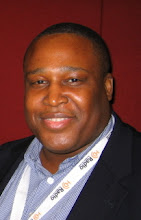According to Roy H. Williams, the Wizard of Ads, CLARITY is the new CREATIVITY…
In the language of academics:The central executive of working memory is the new battleground for marketers. Writers are successfully surprising Broca, thereby gaining the momentary attention of the public, but an absence of salience remains.
In the language of newscasters:Are your ads gaining the attention of the public but failing to get results? Find out why and learn exactly what you can do about it. Stay tuned for complete details. (Insert commercial break here.)
In the language of the street:Ads have gotten more creative, but they haven’t gotten more convincing. This sucks for advertisers and the public isn’t helped by it, either.
In the language of clarity:Can your product be differentiated? Can you point out that difference quickly? Can you explain why the difference matters? This is effective marketing.
To DIFFERENTIATE your product powerfully and clearly:1. See it though the eyes of the public (listeners). (Insiders have too much knowledge.)
2. Ignore everything that doesn’t matter.
3. Focus on what the public actually cares about.
4. Say it in the fewest possible words.
5. Close the loopholes by anticipating the customer’s (listener’s) unspoken questions.
[from
mondaymorningmemo.com]

 So all of this begs the question: What is your podcasting plan?
So all of this begs the question: What is your podcasting plan? 


